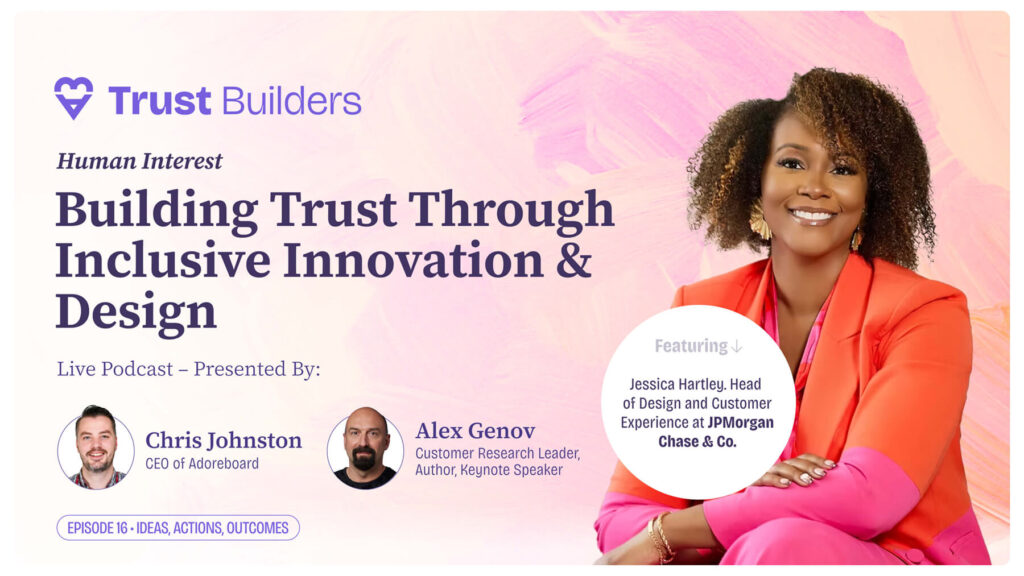There are many channels and ways that customers can broadcast feedback about your company or product. These can include social media, surveys, review sites, blogs, forums and many others. The problem with this feedback is that it’s usually in written form, open-ended and unstructured. Unstructured text is messy and difficult to organize, nevermind analyse, without appropriate time-saving tools. So why should we bother?
Unstructured text can reveal valuable insight into your customer as their opinions aren’t limited by a rating or a scale. The data is free-flowing and allows customers to express their thoughts and feelings without these limits. Unlocking customer insights from this data can be game-changing for companies as it has the potential to provide a 360-degree view into how their customers feel and enable decision-makers to take action accordingly.
Unstructured data is defined as information that cannot be easily sorted into numeric fields. It can include open-ended survey responses, web pages, social media commentary, product reviews, raw text data, images, email and more. There is a huge amount of unstructured data in the digital universe and it’s continuing to grow as new methods of sharing unstructured text are created. TechRepublic claims that by 2025 there will be 163 zettabytes of data in the world and estimates that 80% of this data is unstructured. With this mammoth amount of data and potential customer insight available, businesses must adapt to handle the increasing quantities of unstructured data.
Analysing unstructured text is a complex and painful process and getting insights from this kind of data could be a costly and time-intensive process. Thankfully innovation in text analysis is progressing and there are a wide range of technologies available to help businesses sift through the noise to get to the real insight.
Text analysis can transform text into quantifiable data and provide key insights for business decision-makers.
Why Text Analysis?
Text analysis has the power to take unstructured text and make it actionable. It provides business decision-makers with the ability to extract customer, employee or as we like to call it “human” insights from data sources that were previously too time-consuming or costly to analyse. As unstructured text is available from so many sources, text analysis makes it possible to access and analyse data from different touchpoints along the customer journey. For example, a business can access data from the beginning of a customer journey such as the buying stage, when a customer expresses excitement and shares their experience of buying a new phone. Or the post-purchase stage when a customer may leave a negative review on a website or share their frustration about customer service on social media.
Having access to this type of insight can be game-changing for the business and a key differentiator in creating a great customer and human experience.
Combining Emotion AI with Text Analysis
Harvard professor Gerald Zaltman has claimed in his book “How Customers Think: Essential Guide into the Mind of the Market,” that 95% of decisions are made with emotion. Humans are driven by emotion and once a business taps into this emotion it can have significant implications on the business.
Emotion AI in text analysis is a powerful tool as it can extract not only what customers are saying about your business but the reasons behind why they are saying them and what element of your business or their experience is driving that emotion. Harnessing this insight and taking action can have a valuable impact on business performance.
Text Analysis in Action
Take a large high-street retailer for example, they wanted to understand how their customers were feeling about their brand across their markets around the world. By applying Emotion AI text analysis was able to analyse vast amounts of unstructured data to uncover key actionable insights into the customer feeling. One example would be that the analysis discovered that there was high anger amongst customers when discussing the changing room mirrors and lighting. Customers were so unhappy with the unflattering changing rooms that they were abandoning their items there. This was something that the brand acted on to improve the shopping experience for the customers and to increase product sales as a result.
Emotion Analysis vs Sentiment Analysis
The difference between Emotion Analysis and Sentiment Analysis are easily misunderstood. They both seek to understand nuances in customer data however, they are very different when it comes to customer experience data.
Sentiment analysis is almost binary — it tells you if the data is positive, negative or neutral. While this is good information to have, it isn’t enough. So much valuable insight can be lost within the “neutral” category. Emotion AI provides a deep dive into the themes associated with each emotion and can pinpoint certain emotions within customer data. For example, our Emotics platform provides an understanding into what themes/topics drive 24 emotions such as anger or joy or apprehension or trust.
Text Analysis in Action
Adoreboard partnered with Franklin Templeton Investments to understand how millennials (age 22 -38) felt about workplace pensions and responsible investment. Emotion AI Text Analysis was used to analyse the open-ended survey responses and social media commentary from this age group. The results found that only 22% of millennials feel that their pension is aligned with their values and that a massive additional £1.2bn of employee contributions could be invested if their pension investments were responsibly and ethically invested. The findings clearly showed an “emotional experience gap” between the expectation of millennial employees and what the employer is offering. Text analysis here has provided a better understanding of employee experience that when addresses can have significant business implications.
If you would like to see Emotics in action sign up to our upcoming webinar How to Get Decision Ready Insights Faster: Step-by-Step Live Data Analysis. Tuesday 14th January at 2pm (GMT).
https://www.inc.com/logan-chierotti/harvard-professor-says-95-of-purchasing-decisions-are-subconscious.html




